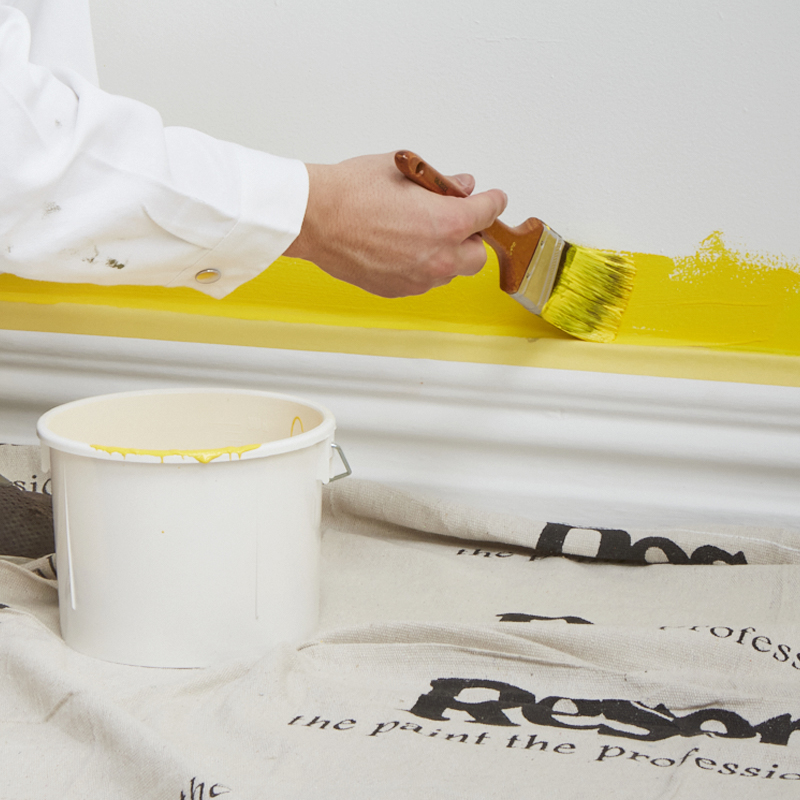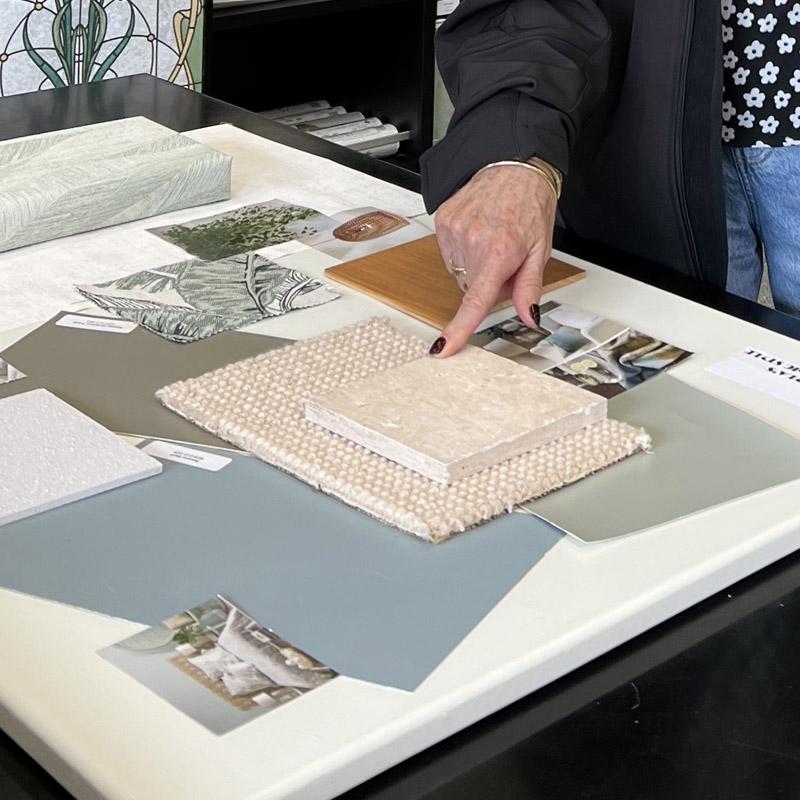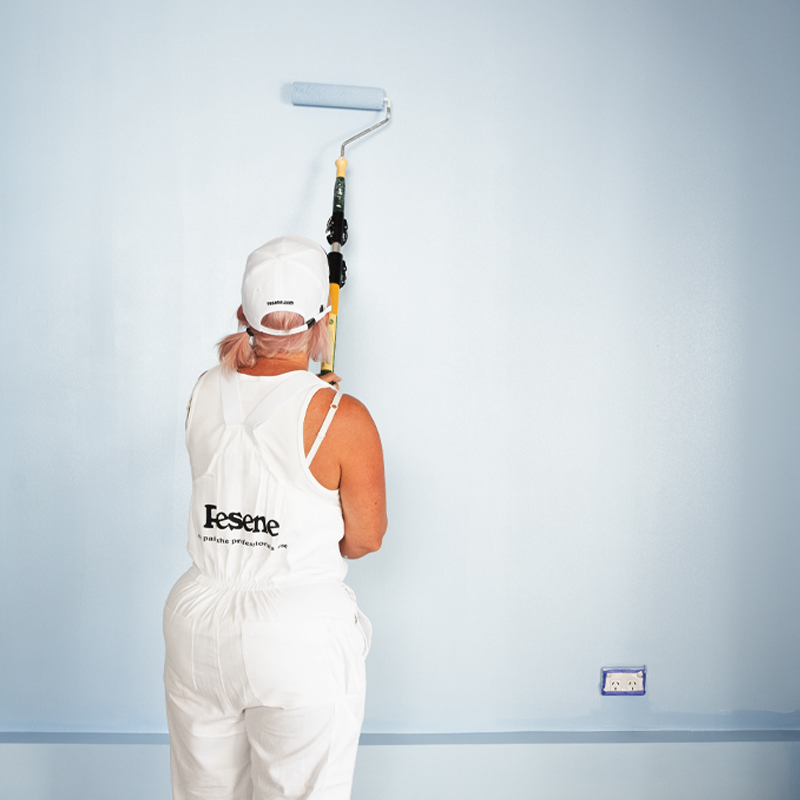The orientation of your house and the number of windows it has can drastically affect the amount of sunlight that comes in, and from which angle and what time of day. Surprisingly, this can have a major bearing on how your paint colours and finishes can look on your walls. Resene Colour Expert Amy Watkins shares all her top tips and advice on what you need to consider when painting sunny spaces in your home.
Light fantastic
If your room has a lot of natural light, it can cause reflections and this in turn will change the way a paint colour looks in the space. The classic psychological trick with colour is to use warm and cool paint colours to counteract the natural qualities of a room.
For very sunny rooms, particularly if they face due west and are flooded with afternoon sun, try cooler tones. “Colours such as Resene Half Iron and Resene Black White can create a cool and calming setting,” says Amy.
If you do want a warmer colour to create a more intimate feel, Amy recommends Resene Half Thorndon Cream, Resene Quarter Tea or Resene Albescent White. “They are all warm colour tones that maintain depth and won’t go too light in sunny space,” she explains.
Colour me happy
Sunny spaces can also accommodate deeper colour tones, says Amy. “Depending on the style you’re trying to achieve, we’ve got colours such as Resene Upside, a tranquil blue, Resene Field Day for a meadow green, or Resene Summer Rose as a terracotta beige.”
The best way to fine-tune your colour selection is to head into your local Resene ColorShop. The friendly staff are equipped with incredibly in-depth knowledge to help you decide what will work best for your project. “We have a huge range of colours, so come in, pick up a testpot and see how it works in the sunny space,” says Amy.
Instead of painting the testpot colour directly onto the wall, apply it to a large piece of white card, making sure to leave an unpainted border which will isolate the colour effectively. This way, you have the ability to move the piece of card around your space and you’ll be able to note the way the colour changes as it is placed around the room.
“Place it on each wall of the room, under the windows and into the corner so you can see the way the light bounces on itself and around the space,” advises Amy.





















